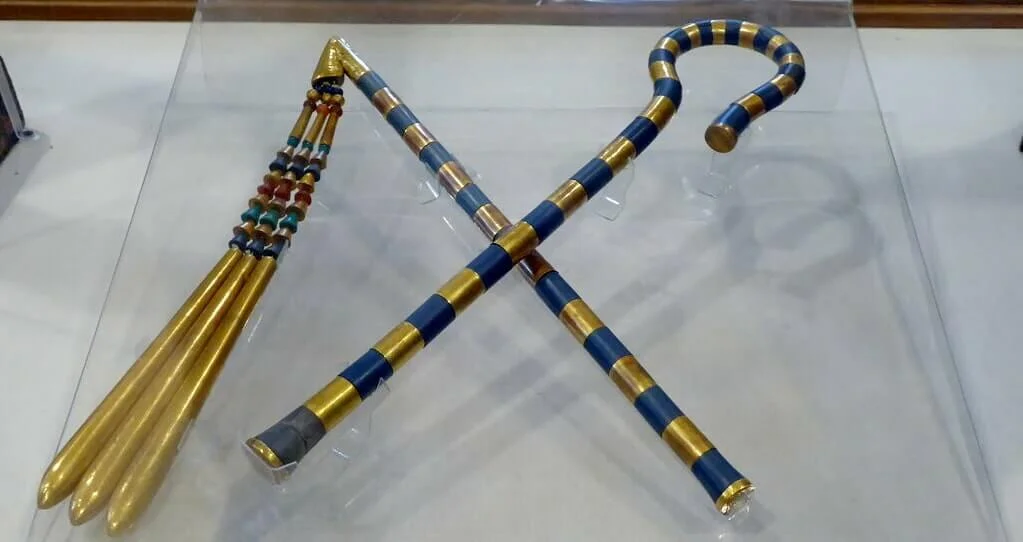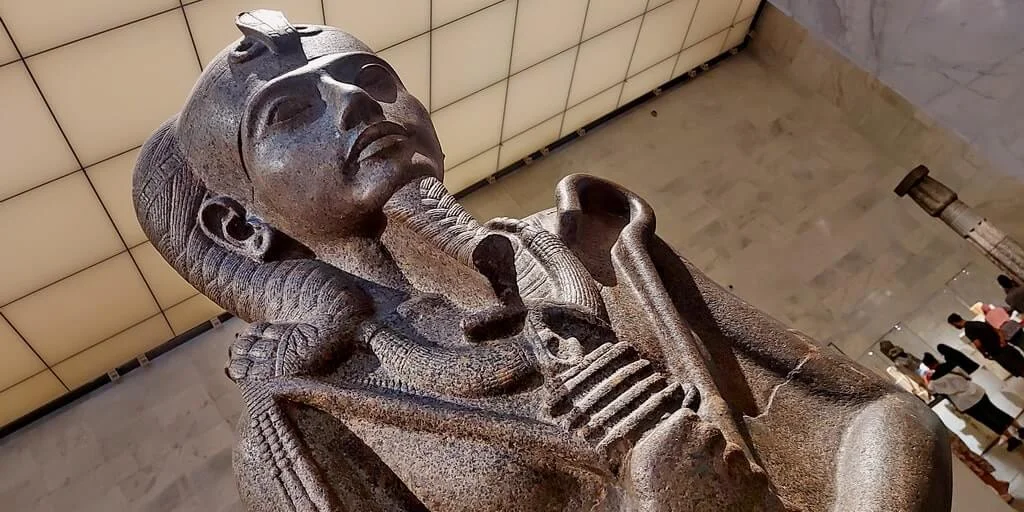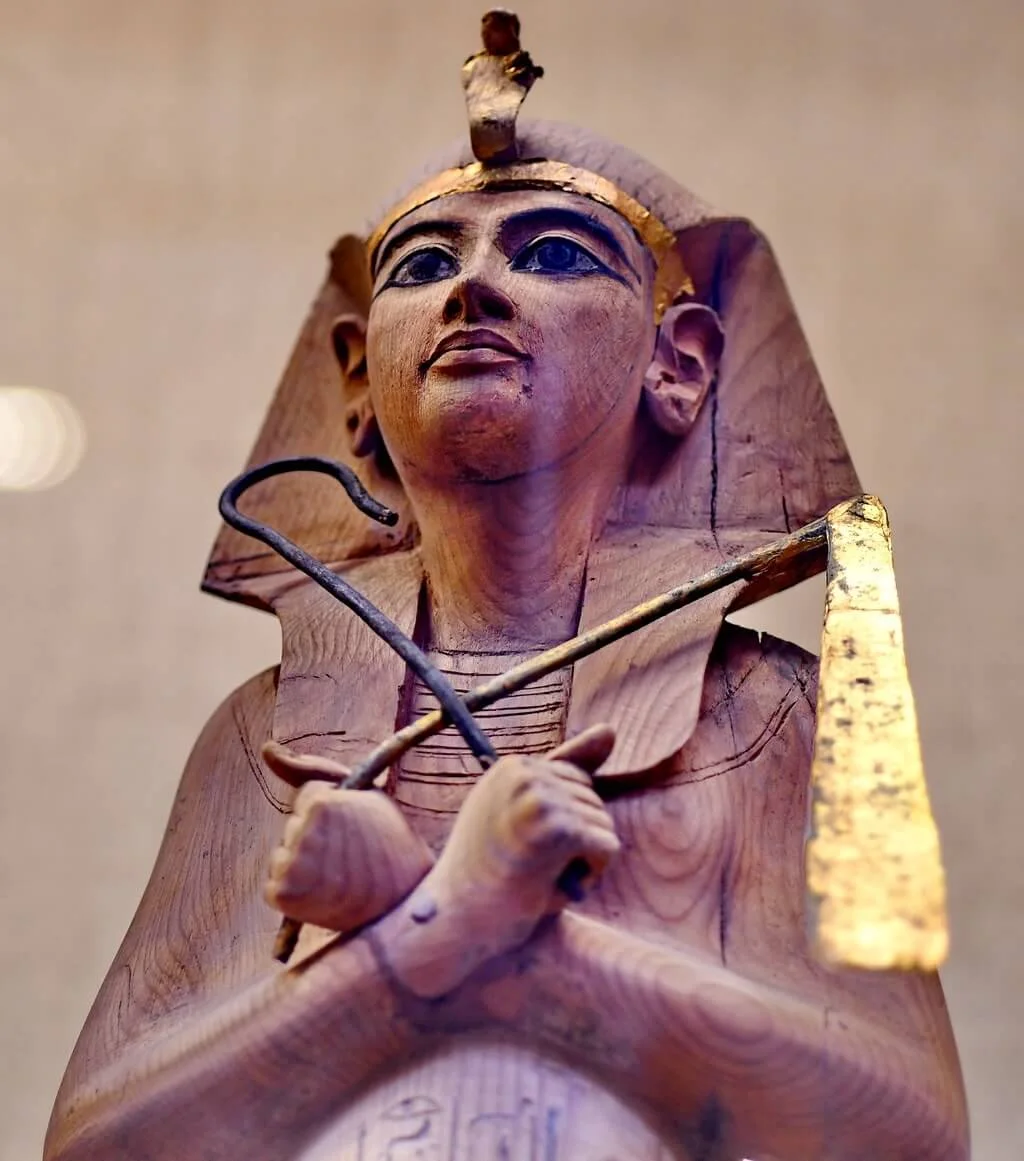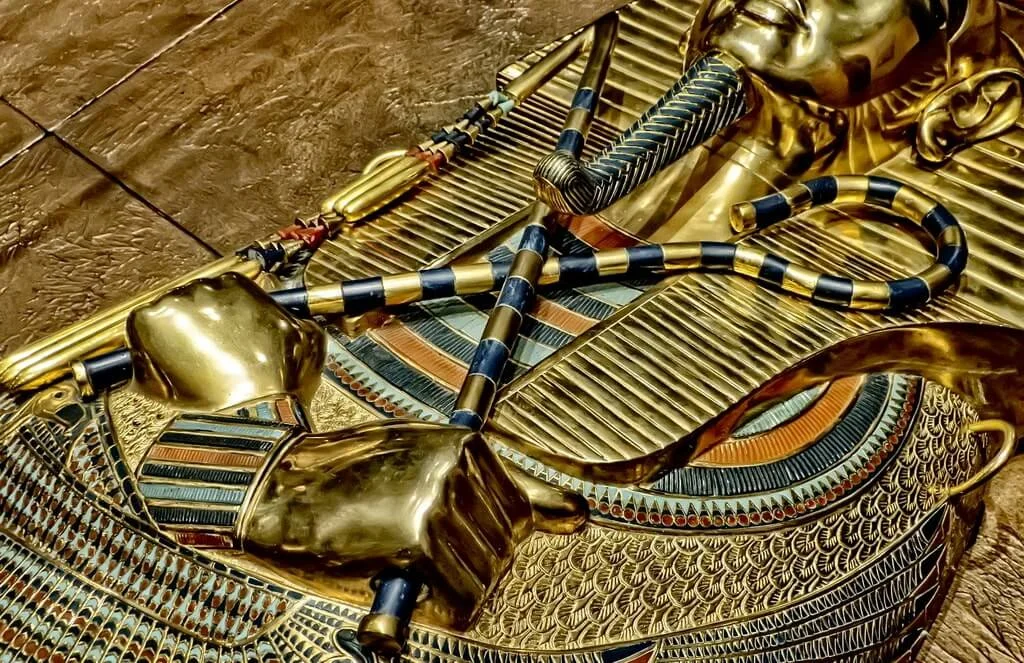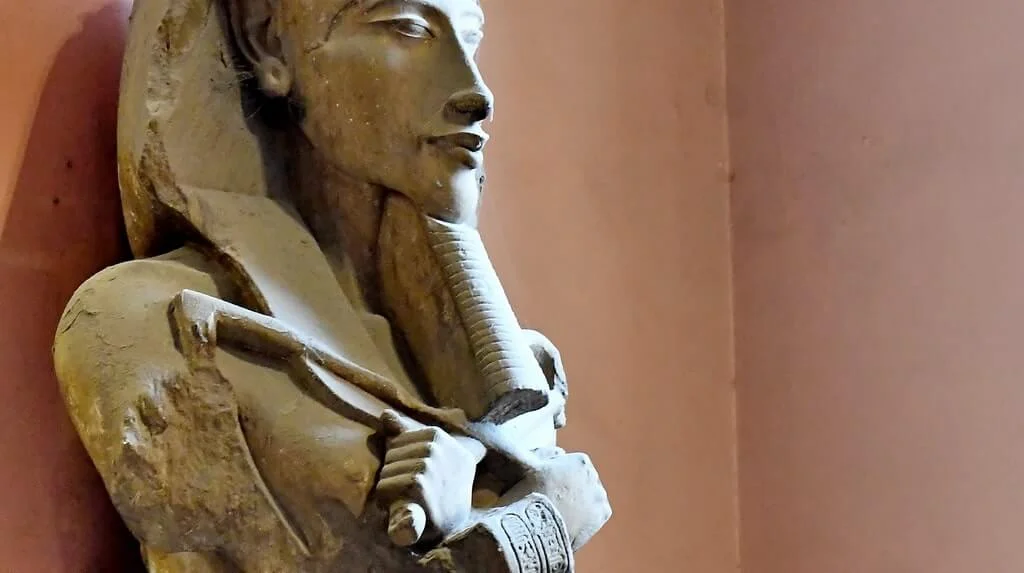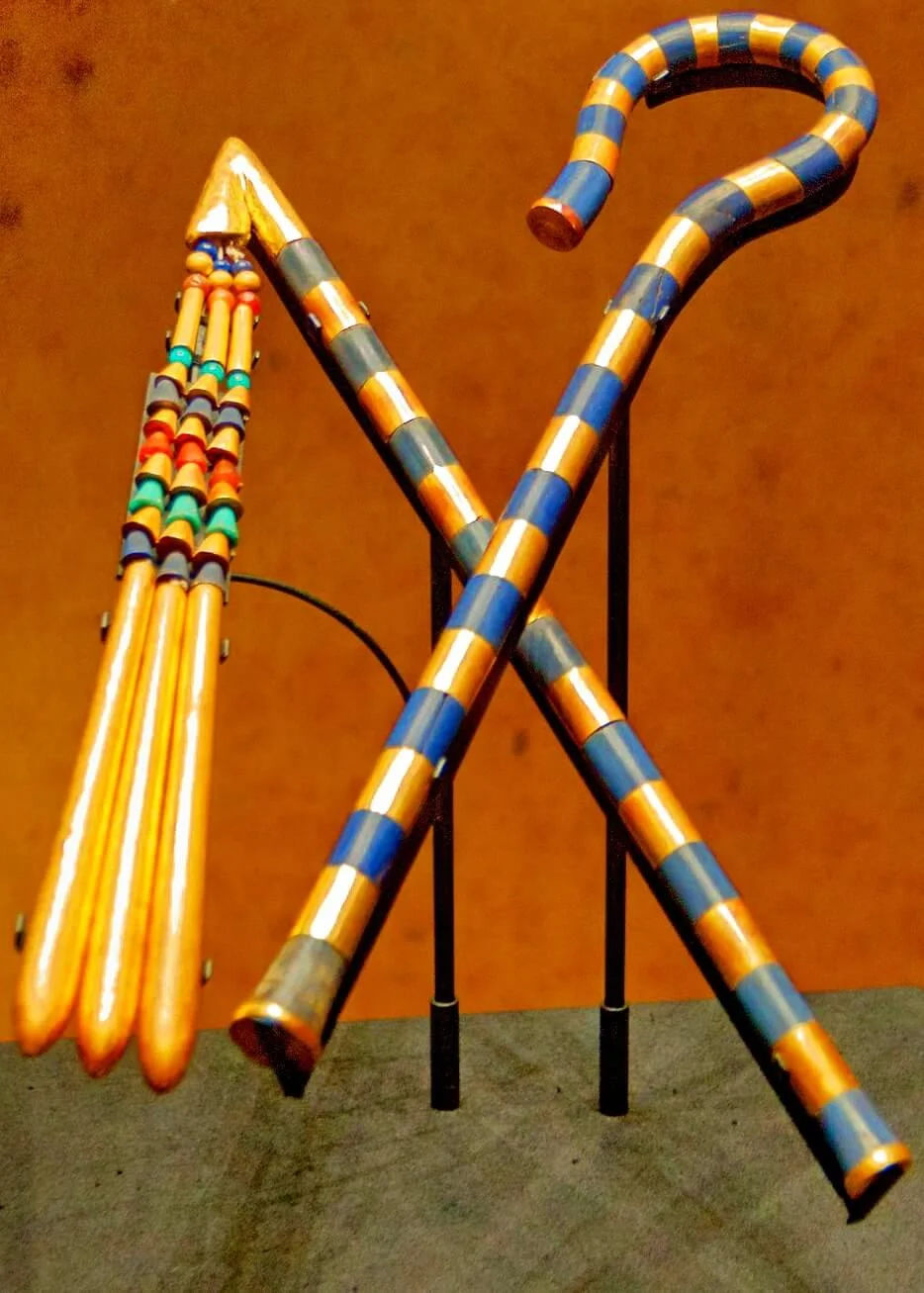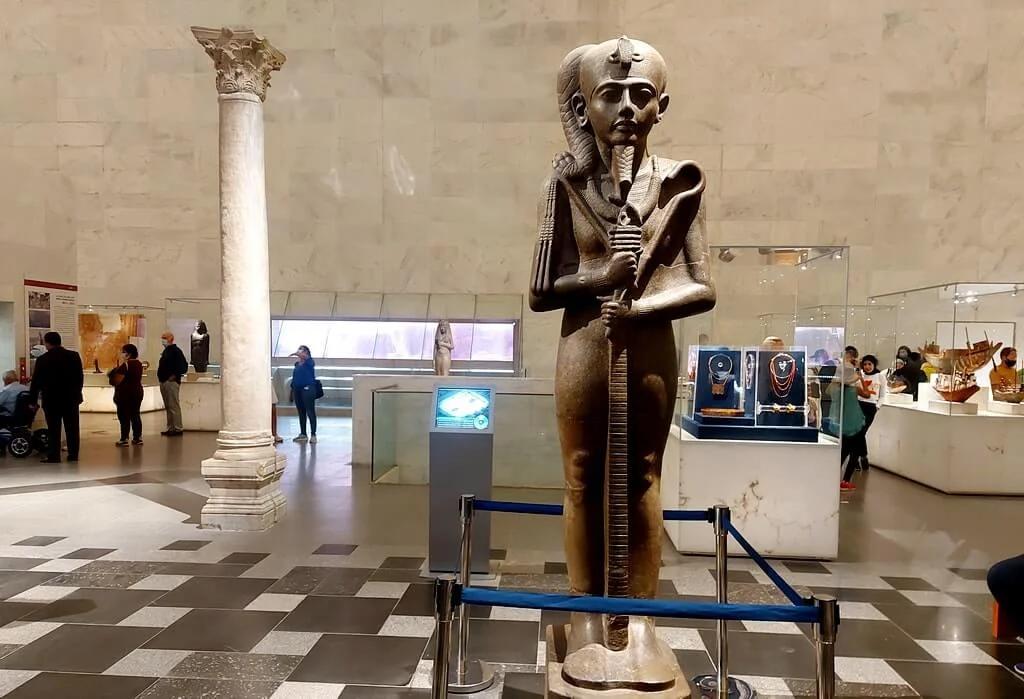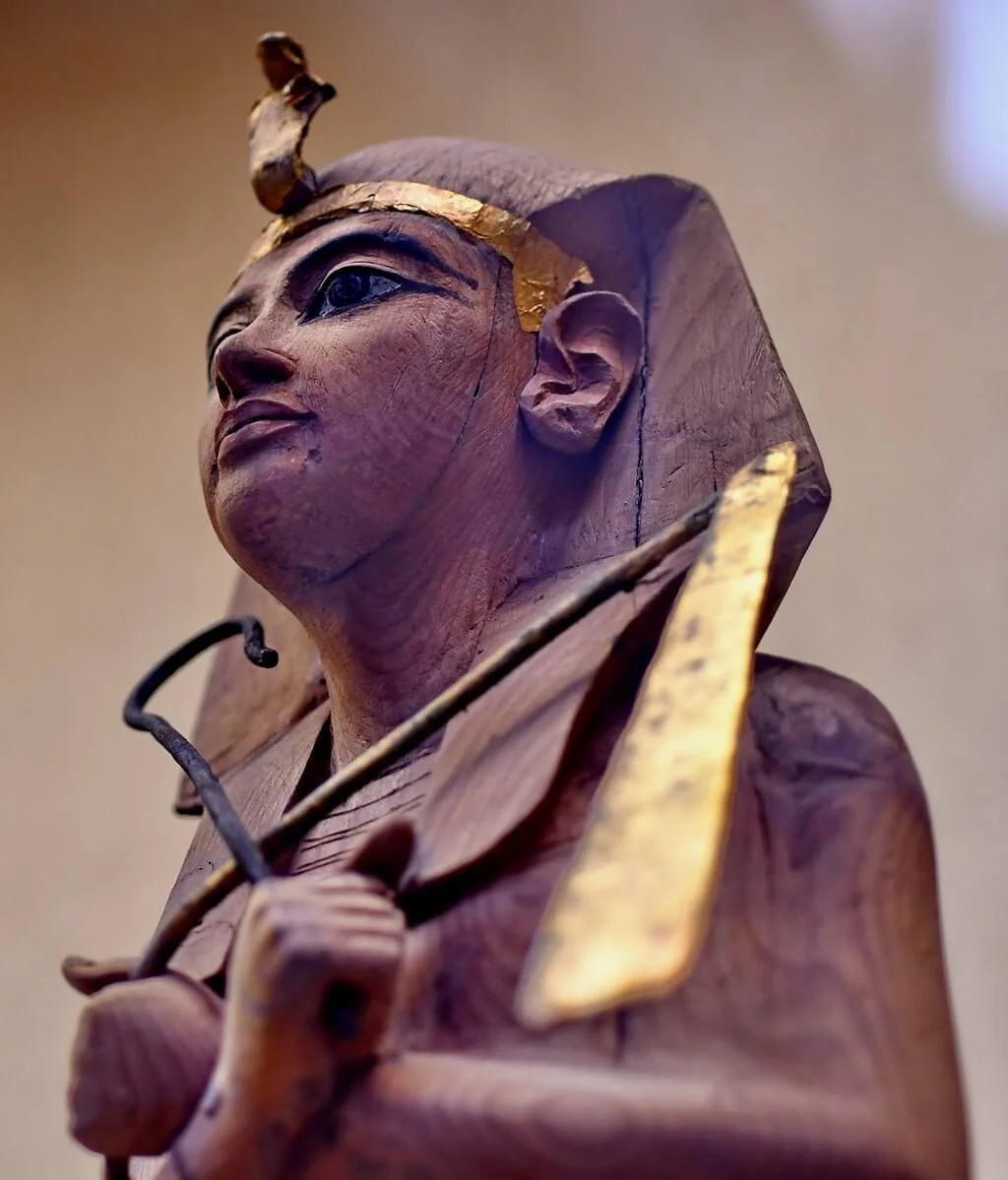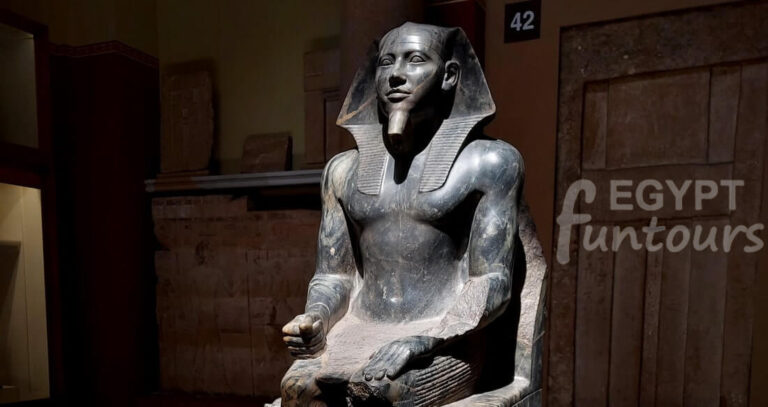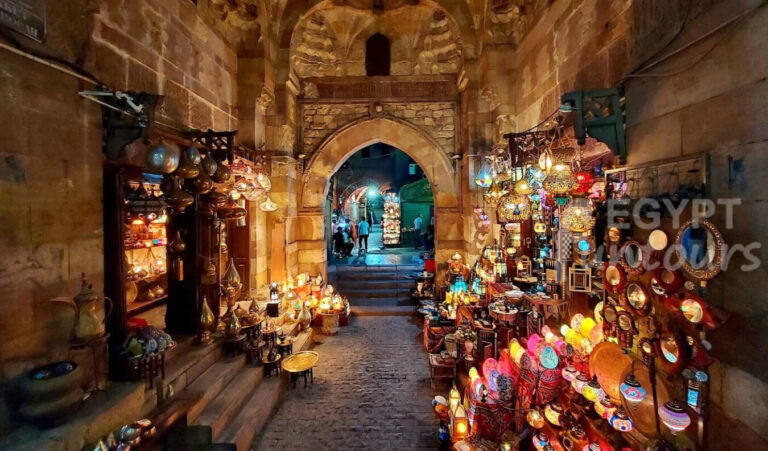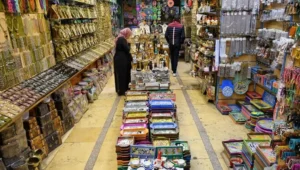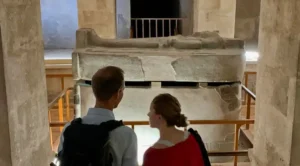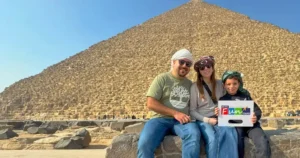Symbols of Pharaoh’s Power and Responsibility
The crook and flail are two of the most iconic symbols of ancient Egypt, universally recognized as emblems of pharaonic authority. Far more than mere staffs, these powerful objects represented the dual nature of the pharaoh’s role: to guide and to punish, to nurture and to control. Together, they symbolized the complete spectrum of royal power and responsibility over the land and its people.

